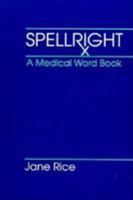Developing Independent Readers: Strategy-Oriented Reading Activities for Children With Special Needs
Select Format
Select Condition 
You Might Also Enjoy
Book Overview
This unique resource gives teachers of reading-disabled students structured, sequential, multisensory lessons for teaching basic phonic elements. Also provided are activities and worksheets that allow students to apply newly learned skills to children's books. This description may be from another edition of this product.
Format:Spiral-bound
Language:English
ISBN:0876282664
ISBN13:9780876282663
Release Date:January 1994
Publisher:Center for Applied Research in Education
Length:445 Pages
Weight:2.50 lbs.
Dimensions:1.0" x 8.7" x 10.9"
More by Jane Rice
Customer Reviews
3 customer ratings | 3 reviews
There are currently no reviews. Be the first to review this work.











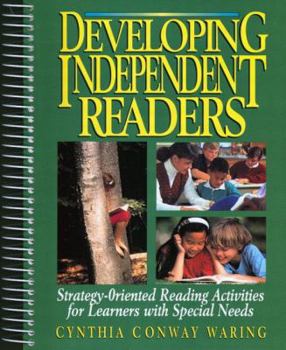

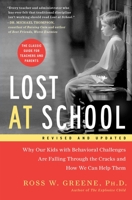
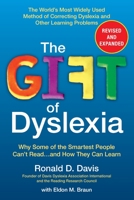
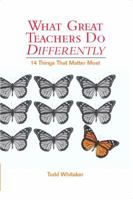
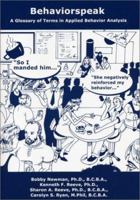

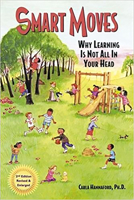
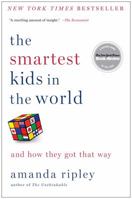


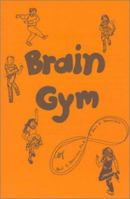
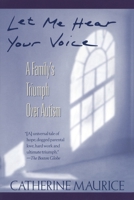

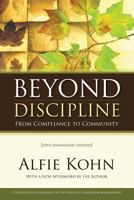
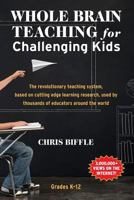
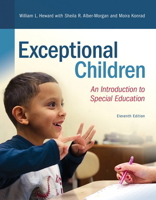
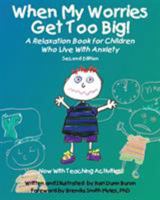



![Exceptional Learners: An Introduction to Special Education [RENTAL EDITION]](https://i.thriftbooks.com/api/imagehandler/s/D092B37EFEC4A4983851B4899AF5004A2F7DBE52.jpeg)




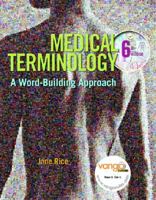
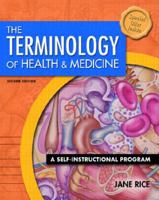



![Medical Terminology for Health Care Professionals [RENTAL EDITION]](https://m.media-amazon.com/images/I/41vb2RXLp6L._SL200_.jpg)
![Medical Terminology for Healthcare Professionals [with MyLab Medical Terminology Access Code]](https://i.thriftbooks.com/api/imagehandler/s/54845B8F07148B3C695C7DAB57F1A26A1E4F1B0E.jpeg)



![Medical Terminology: A Word-Building Approach [with Access Code for MyMedicalTerminologyLab Access Code]](https://m.media-amazon.com/images/I/41hL6Qlr28L._SL200_.jpg)






